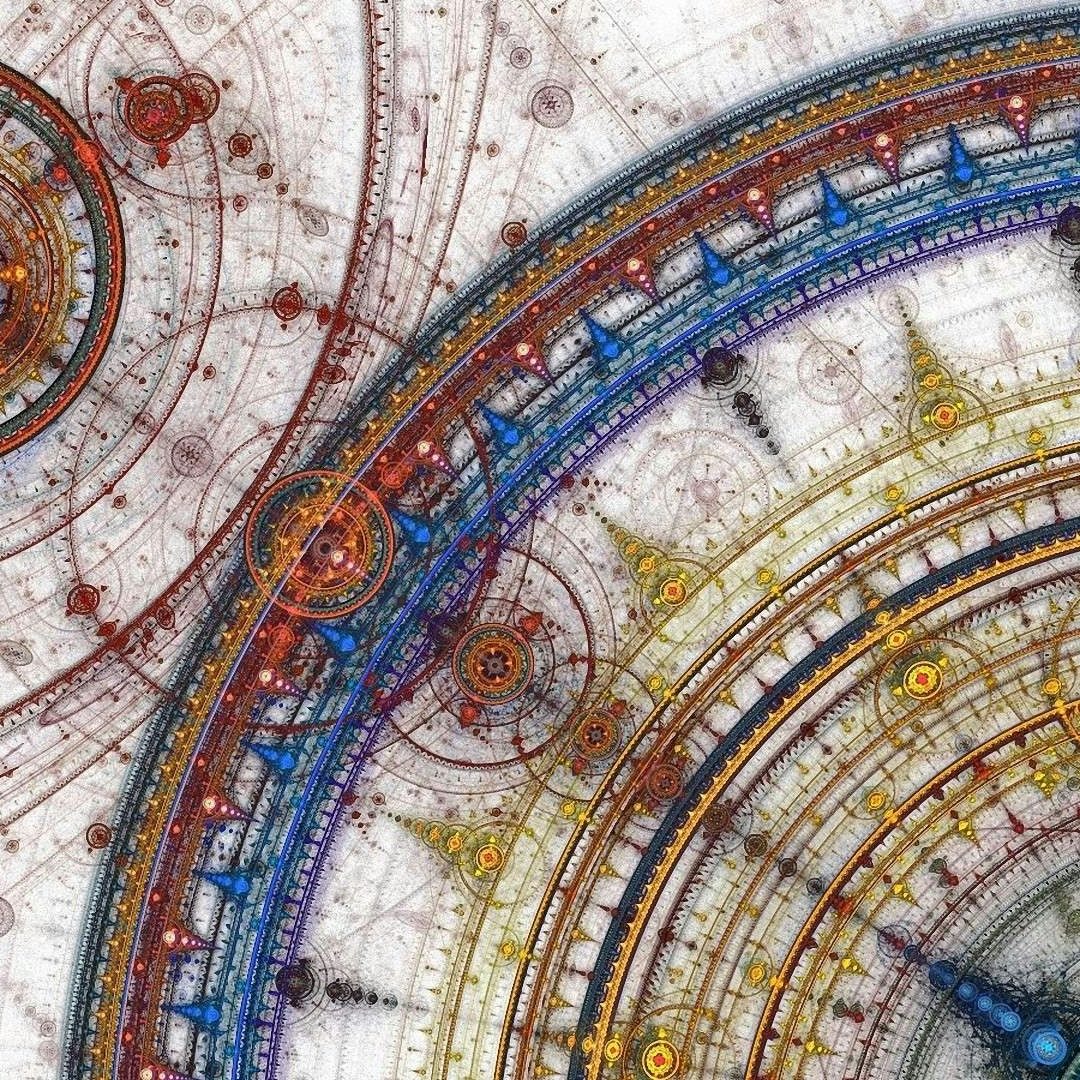The mathematical structure of innovation
Creating a mathematical model of combinatorial innovation to understand how innovation rates can be influenced as components are acquired.
Innovation is to technology what evolution is to life: it is how technology improves and adapts to a changing environment. Yet despite advances in our understanding of evolution, what drives innovation has remained elusive. Is the process of innovation essentially Darwinian—variation, selection and inheritance—or are there fundamentally different forces at work?
In this project we develop a simple mathematical model of innovation in which technologies are made up of components and new components become available over time. In this expanding space of building blocks, we find that innovation has a structure all its own. While the choice of components plays an important role in determining the innovation rate, this is countered by an intrinsic rate specific to each domain.
Our work helps structure the empirical investigation of innovation in the real world, and highlights the intrinsic versus intervenable aspects of technological change. Speeding up innovation in sectors such as energy production, software development and drug discovery will have far-reaching effects on sustainability, technological progress and the health of society.
















Papers in this project
Taming complexity
Insights from biology, physics and business shed light on the nature and costs of complexity and how to manage it in business organizations.
Recursive structure of innovation
A theoretical model of recursive innovation suggests that new technologies are recursively built up from new combinations of existing ones.
The rate of innovation
The distribution of product complexity helps explain why some technology sectors tend to exhibit faster innovation rates than other sectors.
The science of strategy
The usefulness of components and the complexity of products inform the best strategy for innovation at different stages of the process.
Serendipity and strategy
In systems of innovation, the relative usefulness of different components changes as the number of components we possess increases.
The secret structure of innovation
Firms can harness the shifting importance of component building blocks to build better products and services and hence increase their chances of sustained success.